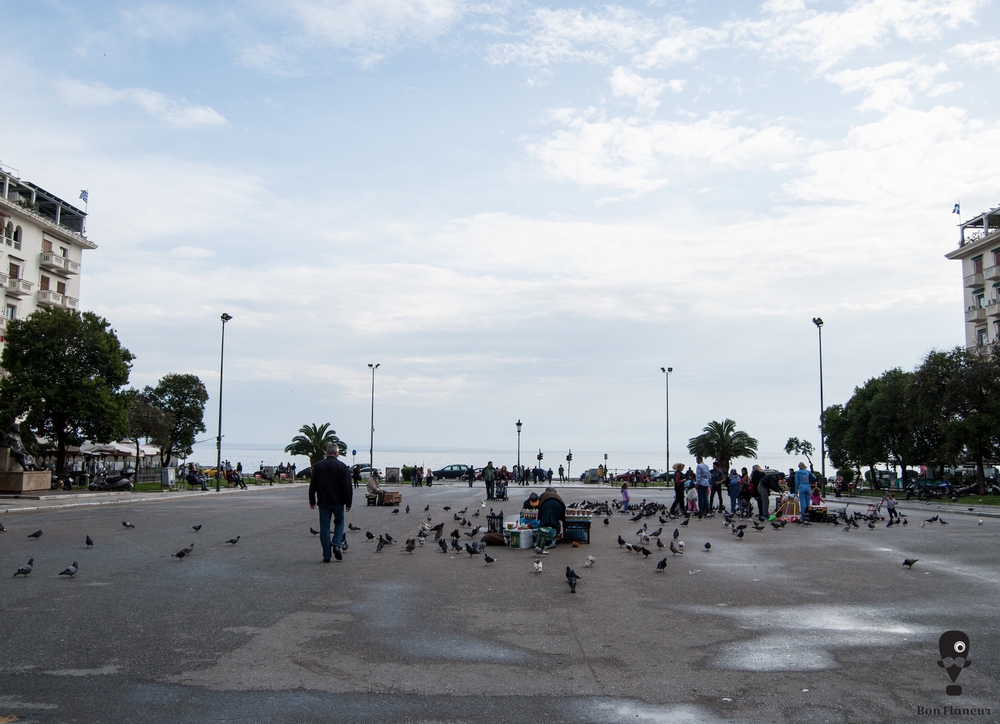Aristotelous Square
Aristotelous Square is the central and busiest square of the city.
Location
Timeline
Modern and Contemporary era (1912 - )
1918 Designed.
1922 The site was full of refugee shanties.
1923 The facades of the buildings along the entire axis of Aristotelous Square (Plateia, Ano Plateia and Aristotelous Street), were determined by special decree.
1950 Completed during this decade.








Share